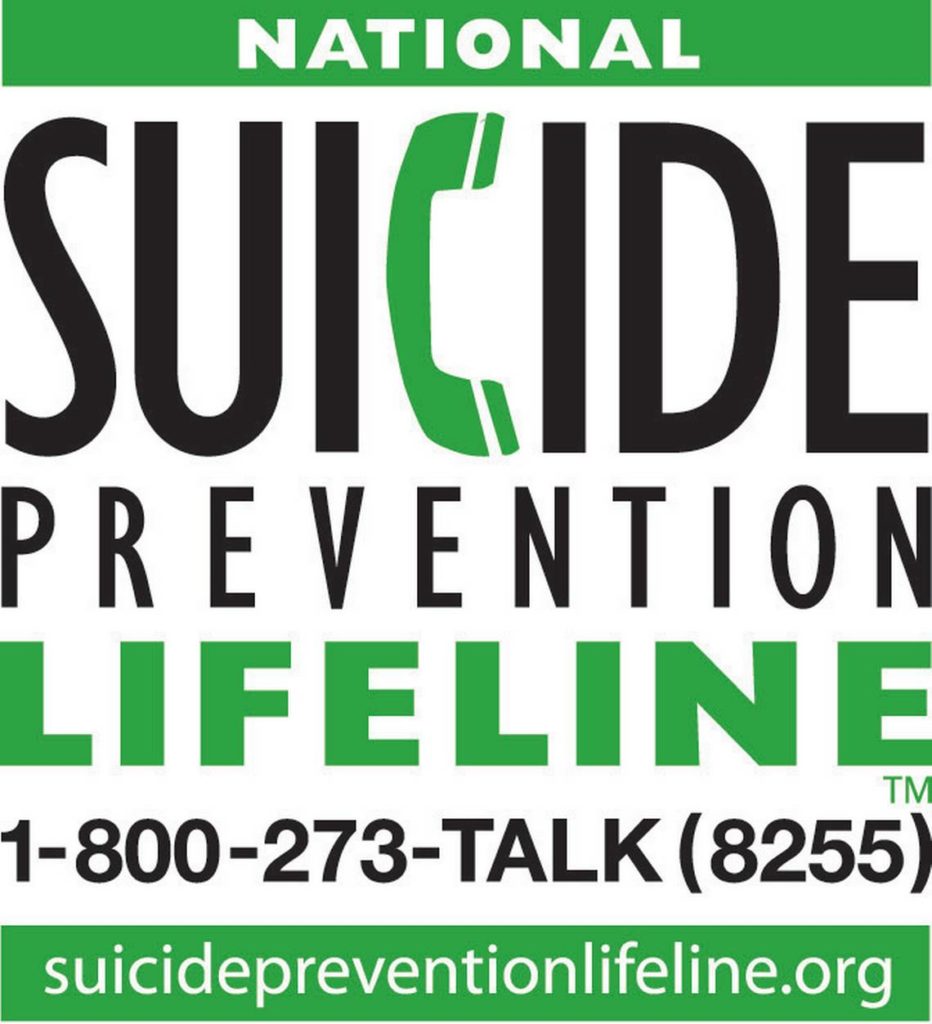It’s awards season in journalism-land, and I’m delighted to announce that one of the last major pieces I wrote at the Belleville News-Democrat has won a significant award.
Co-written with Alexis Cortes, the story was a year-long examination of mental health and suicide prevention among teenagers. It actually began life as a rumor that teen suicide had skyrocketed at a local school district, and after close examination, it turned out that wasn’t statistically true. But it sparked our interest in a subject often swept under the rug because of the massive misconceptions and stigma attached to mental illness, particularly among young people.
Around that time the TV series 13 Reasons Why came out, with a great deal of controversy about how the subject was handled. As we spoke to experts, it seems the people creating that series asked mental health professionals and advocates how to carefully and sensibly handle the issue of teen suicide… and basically did exactly the opposite of what psychologists recommend.
So we decided to look at the issue itself, and do it right, though I don’t think we realized it would take until the second season’s premiere to publish.
I think it’s fair to say that Alexis and I spent nearly as much time figuring out how to report this subject as we did actually reporting it. We interviewed survivors, family members, teachers, psychologists, social workers, school officials… and at the end of every interview, we asked them, “How do you recommend we cover this subject without causing harm?” We studied the language choices recommended by psychologists to be respectful and responsible without engaging in hyperbole or romanticizing the subject.
Suicide contagion is a real thing, and both Alexis and I were committed that we would rather not cover the story at all than do it wrong and tip someone over the edge.
We wrote a main story that began with a survivor’s narrative, focusing on her recovery and a look insider her mind. This was a deliberate choice after talking with psychologists: focus on survivors rather than the grieving, distraught families of those who died by suicide. The former approach helps those in crisis see that there is a way back; the latter tends to push them off the edge.
We covered national and local stats, efforts by schools to help teens in crisis, the controversy around the show, social stigmas, treatment options, what makes depression different in teens and young people, warning signs for parents and educators, and more.
We also did a sidebar listing all the mental health options in our coverage counties, from counseling clinics to inpatient facilities; a list of myths debunked and symptoms for which to watch; and a narrative of a day-long seminar in addressing mental illness in the classroom for area educators. I sat with them all day, taking the same training they took.
During that time there was a reorganization at the newspaper, and I was shifted to a new beat. This was part of the long delay in publishing, as well as the general crazy of daily news that tends to shove major projects to the back burner. However, I was permitted to stay on the project, for which I remain exceedingly grateful.
We also created an internal plan for how to handle the release, which we developed in concert with the recommendations of the experts we interviewed, the SPJ Ethics Committee members and ReportingOnSuicide.org, a cooperative effort of nine journalism organizations to maintain and improve best practices in reporting and writing about mental illness.
Every story included paragraphs reminding readers that help was available and offering the national suicide prevention hotline. As per the recommendations of the experts we interviewed, the first comment on each part of the package was another post of the hotline, and the staff was instructed to carefully monitor the comments in case someone in crisis was posting.
I can’t speak for Alexis, but I think I was never so nervous about any story I’ve reported than this one, including physically-dangerous situations or controversial investigations. It’s not often that the words you choose and the approach you take could literally kill someone. We both poured over every word before we even sent it over to the editors, who also treated it with great caution. It needed to be done right, or not at all.
It was a difficult but rewarding experience, and I remain exceedingly proud of the final product. I was doing mostly crime and spot news by that point, so unless my memory fails me, it was the last major story I wrote at the BND. It ran in May 2018; I left in July.
So it was with no small delight that I received a message from my former partner last week informing me that we had won first place for community service journalism from the Illinois Press Association. In fact, the News-Democrat swept that category, winning all four awards.
Nobody does the job for awards – or, if you do, it’s time to hang it up, because you have forgotten that we are first and foremost servants of the public. And, to be honest, I was more often a toiler in the vineyard, shoveling fuel into the furnace of daily news and not often on those extensive, major projects that tend to catch the eye of the major awards.
But the real value in awards attention is to encourage this kind of in-depth reporting that is too easy to hand-wave in the era of clicks. There are ways to feed the daily beast and also do serious, intensive work, but it takes the dedication of capable staff and the commitment of responsible editors, with an eye to ethics and experts. It’s what we should be doing, and if it wins an award, maybe it will encourage others to give that kind of coverage a try.
I’m especially proud to share the award with Alexis Cortes, who is a fine journalist and great writer with a keen mind. She was a terrific partner, and has just been named one of Editor & Publisher’s 25 Under 35 for this year. Her latest project: an in-depth look at gun violence killing kids as part of the Since Parkland series.
We should all be glad to work for her one day.



So glad you wrote back.
Well done